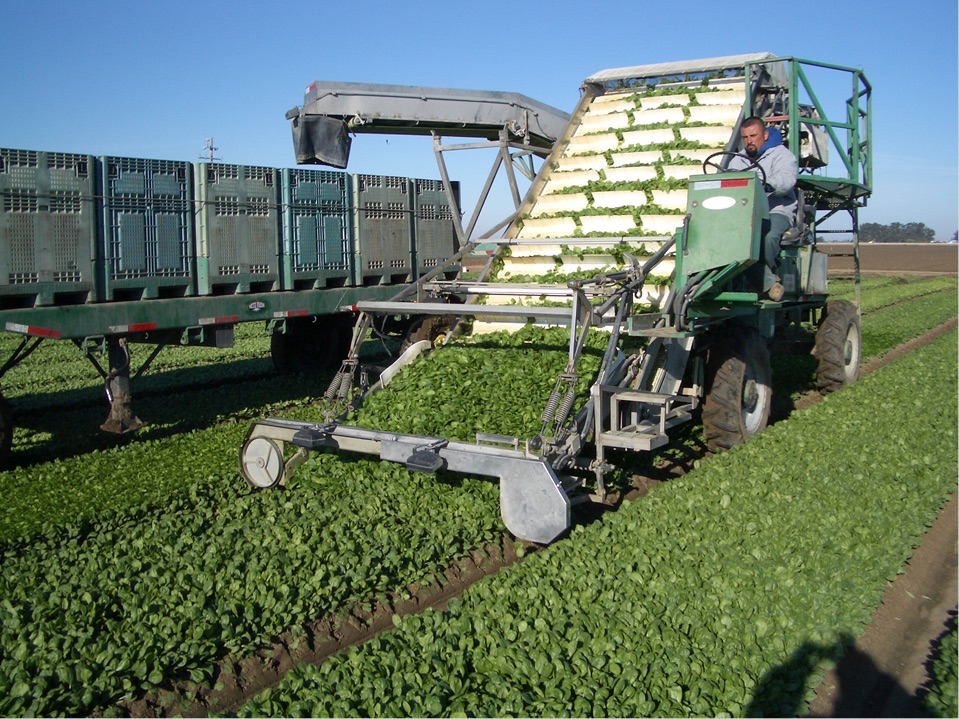Why Do Your Teeth Feel Weird After Eating Spinach?

Ever notice a gritty film covering your teeth after eating a spinach salad? This phenomenon, called "spinach tooth," happens because the leafy greens are chock-full of oxalic acid.
This naturally occurring chemical is found in many plants, but spinach (Spinacia oleracea L.) tends to have higher amounts of the substance compared with other crops, said Jim Correll, a professor of plant pathology at the University of Arkansas. Spinach likely uses the acid as a defense mechanism against animals, such as insects, that try to eat it, he said.
Spinach is filled with other compounds, too, including beta carotene (a precursor of vitamin A), lutein, folate, vitamin C, iron, phosphorous, potassium and calcium — which is also involved in spinach tooth, Correll said. [Does Washing Fruits and Vegetables Make Them Safe?]
"When you're chewing spinach, the oxalic acid combines with calcium," Correll told Live Science. A reaction between the two chemicals can lead to the formation of calcium oxalate (CaOx), a crystal that doesn't dissolve well in water, he said.
"It's almost like tiny crystals are floating around in your mouth, so that's what gives it that unusual feeling and texture," explaining the weird "spinach tooth" sensation, said Correll. Moreover, because calcium oxalate crystals are nearly insoluble in water, they can end up in the kidneys of people who are prone to kidney stones, he said.
Spinach isn't the only food with high levels of oxalic acid. Beets, rhubarb, strawberries, nuts, chocolate, tea, wheat bran and all dry beans, with the exception of lima and green beans, "are known to increase oxalate in the urine and may contribute to kidney stone formation," Correll and his colleagues wrote in a July 2016 study on plant breeding published in the journal Euphytica.
But a new breed of spinach might change everything. There are hundreds of spinach varieties, some with twofold the amount of oxalic acid than others, Correll said. So, he and his colleagues are trying to breed together plants with lower levels of oxalic acid with the goal of making a low-level oxalic acid spinach that can be enjoyed by everyone, he said.
Get the world’s most fascinating discoveries delivered straight to your inbox.
Because it's time-consuming to test oxalic acid levels in each spinach plant, the researchers are looking for genetic markers that will clue them in to which spinach plants would be the best to breed, he said.
As they breed new spinach plants, the scientists will also have to monitor other factors, including taste and whether a spinach plant with low levels of oxalic acid will be able to defend itself against insects, he said. But if insects prevail, farmers will likely turn to commercial agricultural methods to control the pests, Correll said.
Until then, spinach lovers can boil or steam their spinach to help get rid of the calcium oxalate. Or they can squeeze some lemon juice on top of fresh spinach, as the ascorbic acid (vitamin C) in lemon juice will help to dissolve the oxalic acid, he said.
"You're still ingesting the oxalic acid when you eat spinach [with lemon], but it tends to reduce that film you get on your teeth," Correll said.
Original article on Live Science.

Laura is the managing editor at Live Science. She also runs the archaeology section and the Life's Little Mysteries series. Her work has appeared in The New York Times, Scholastic, Popular Science and Spectrum, a site on autism research. She has won multiple awards from the Society of Professional Journalists and the Washington Newspaper Publishers Association for her reporting at a weekly newspaper near Seattle. Laura holds a bachelor's degree in English literature and psychology from Washington University in St. Louis and a master's degree in science writing from NYU.




